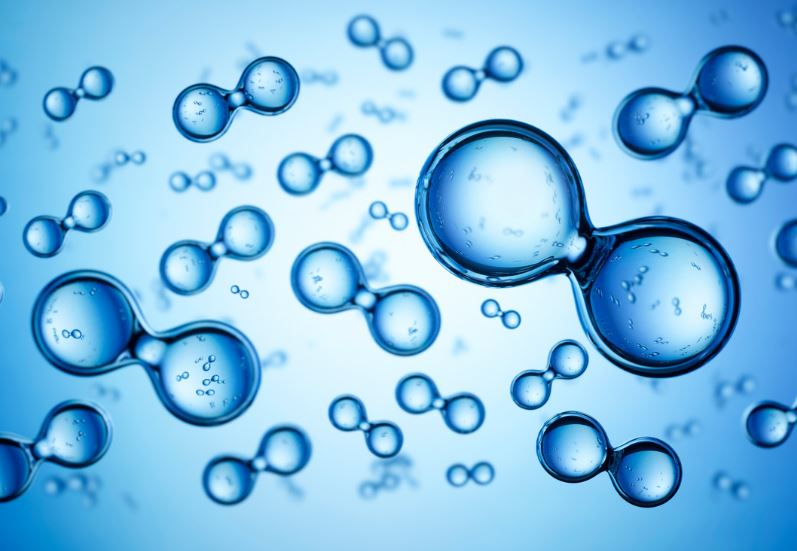Avalio Pty Ltd. support and promote the Primordially Hydridic Earth (PHE) concept by Dr. V. Larin, having had emerged in the 1960s as a continuation of Dr. F. Hoyle’s research.
Part I – In the process of fundraising for our Natural Hydrogen Exploration project, we interact quite a lot with investment and commerce communities’ members. The comment about the subject of natural hydrogen prominence that we most often hear is:
“We don’t really care where this stuff is coming from. All we need is to see it on the surface in commercial quantities”.
As simple as this. (If it only was…)
To an average by-stander, this purely academical subject appears to be quite enigmatic – and this is perfectly normal: financial people are proficient with currencies and derivatives, and nobody expects them to be up-to-date with such confusing matters as nowadays’ geoscience concepts.
However, when it comes to the practical matters such as field exploration for natural hydrogen, the strategy in each individual case appears to be governed by the conceptual basis (if any). Everything from the research methods’ and drilling locations’ justification through to the cash-flow models and funding accruals, is tied up to this simple question: WHERE DOES H2 COME FROM?
As a result, a project success – or a lack hereof – is the function of the geoscience model selection.
Due to the number of reasons, serpentinization, ferrolysis, radiolysis and other processes in the Earth crust have become the most popular scenarios of natural hydrogen generation. Being on the theoretical side of things, this was harmless and did not cause any significant consequences. However, these days, with natural hydrogen exploration operations in full swing on all continents, this subject may become the source of disappointments for the involved participants.
Why? Well, there are several reasons for taking the abovementioned crustal (as we name it) models of hydrogen generation with a grain of salt – or two:
1. Serpentinization Chemistry. Appears that there are more than one version of chemical reactions describing serpentinization of minerals called olivines. The modern academia almost unanimously (one may wonder why…) sticks to the formulae of the process GENERATING hydrogen as a by-product. However, there is an alternative (yes) view asserting that hydrogen is the PRECURSOR (or feedstock, if you wish) reacting with olivines, producing serpentine:
2Mg2Si04 + Mg2Si2O6 + 4СО + 12Н2 → Mg6Si4O10(ОН)8 + 4СН4
(from Drits et al., 1983).
This version of the process was studied in depth by Hess (1933), Benson (1918), Jishi (1973); Moody (1976); Bowen and Tattle (1950), Coleman and Keith (1971), Wenner and Taylor (1973) etc. (This list BTW demonstrates the failure of the thesis that “all alternative geoscience models are rooted in Russia”).
Most importantly, the version of serpentinization process described in the above formula resolves the very important issue of rather small H2 quantities allegedly produced by a finite volume of rock, according to the “crustal H2 generation” proponents. (This subject will be covered in one of the next chapters, to follow soon).
Hydrogen is found in the mafic rocks’ serpentinization zones simply because this serpentinization process is PROMOTED by hydrogen degassing from the deeper geospheres, and excessive free gaseous hydrogen “left over” from this process emits to the surface where we detect it with gas sensors, GCs etc.
However, as it commonly happens with the science, this suggested alternative process, although being thoroughly researched, is not even discussed, once the “mainstream” model was “commonly accepted” and settled in.
(To be continued...)
Disclaimer: The views and opinions expressed in this article are those of the author and do not necessarily reflect the official policy or position of Energy News. This content is presented as the author’s analysis based on available information at the time of writing. It should not be considered as representative of Energy News or its editorial stance. Readers are encouraged to consider this as one perspective among many and to form their own opinions based on multiple sources.





